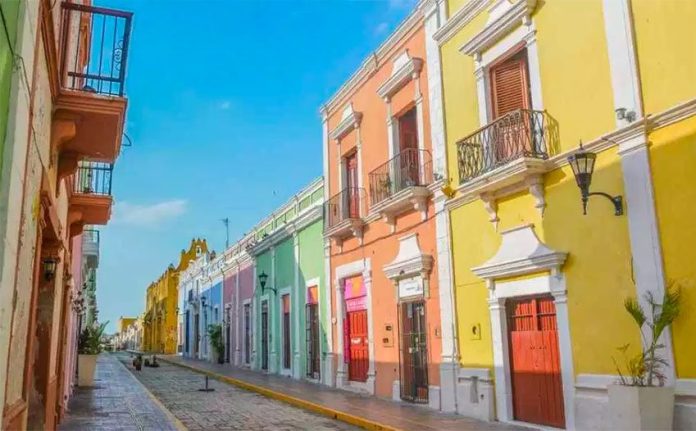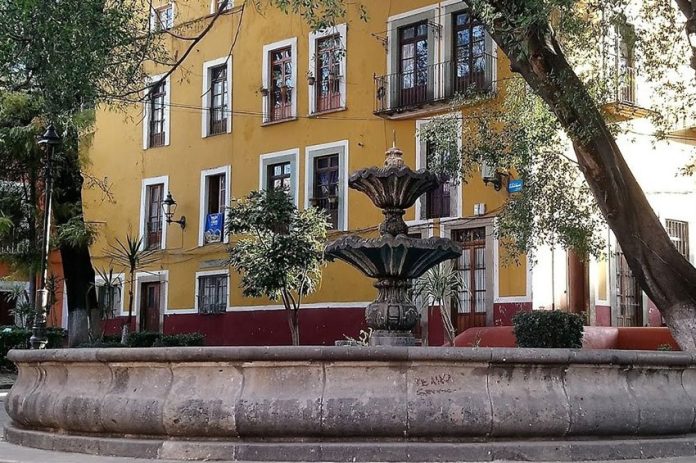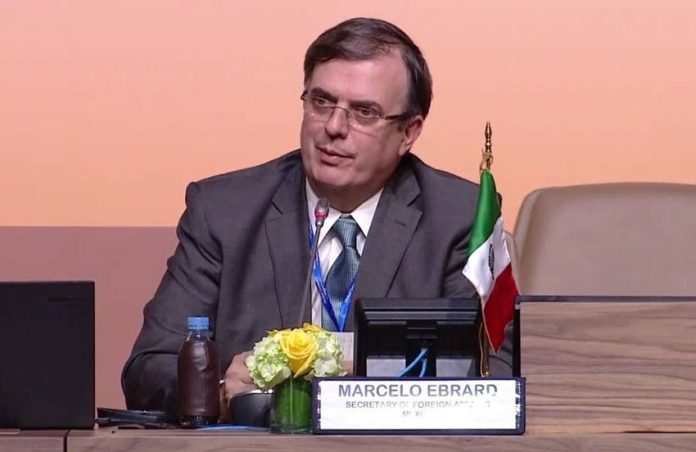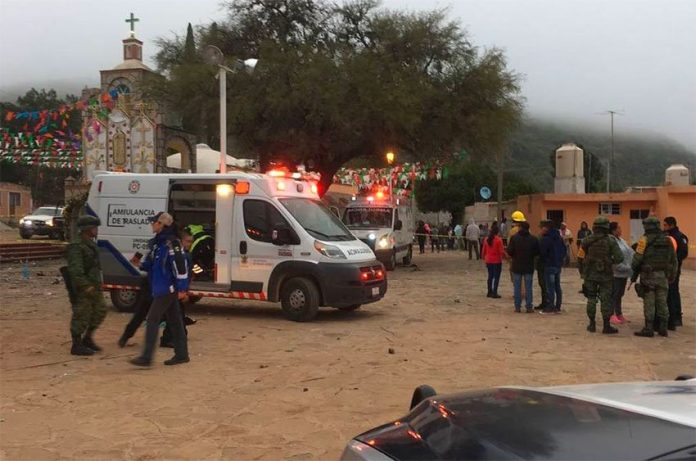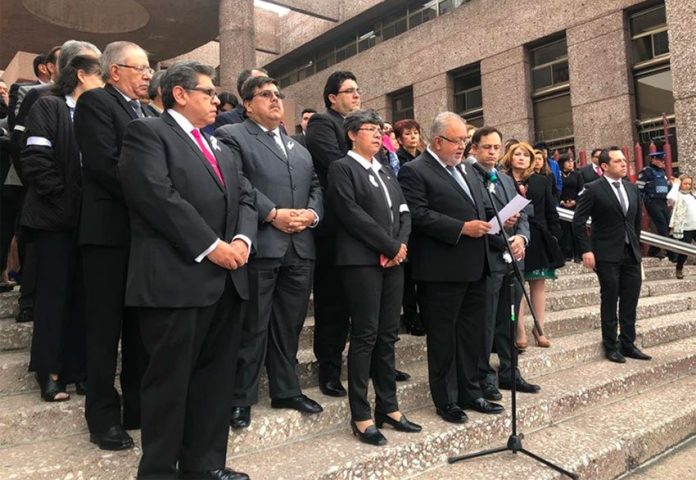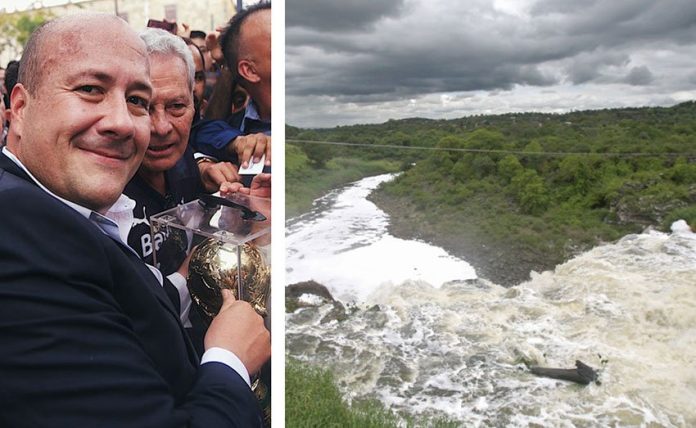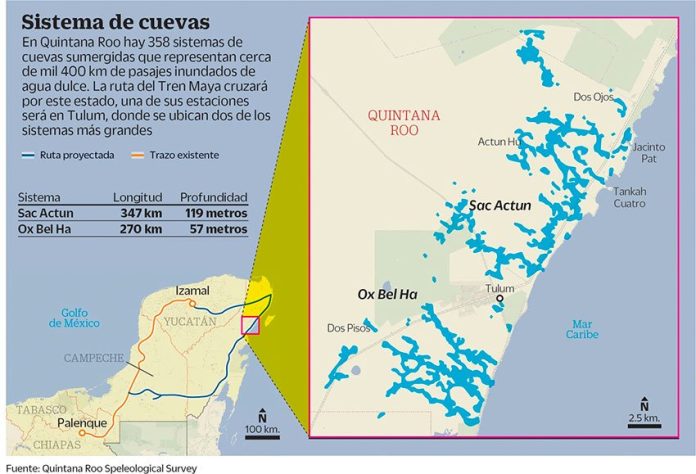Baja California Sur led Mexico in economic growth in 2017 and was the only state that achieved a double-digit expansion of its economy, statistics show.
The National Statistics Institute (Inegi) reported that the state experienced 11.43% annual growth last year, a rate almost four times greater than its 3.18% economic expansion in 2016.
José Luis de la Cruz, director of the Institute for Industrial Development and Economic Growth (IDIC), said that a construction boom was responsible for Baja California Sur’s fast-growing economy last year, pointing out that the housing and infrastructure sectors both recorded significant growth.
Puebla was the second fastest-growing state economy in 2017 but its upturn, at 6.15%, was only just over half that recorded in Baja California Sur.
The eight other states that made up the “top 10” economic winners of 2017 were Morelos, with 5.05% growth; Coahuila with 5.03%; Guanajuato, 4.87%; México state, 4.57%; Colima, 4.53%; Quintana Roo, 4.44%; San Luis Potosí, 4.39%; and Querétaro, 3.92%.
At the other end of the scale, nine states recorded negative growth in 2017.
Campeche was the worst-performing state economy, contracting by 10.45%. It was the fourth consecutive year that the Gulf Coast state’s economy went backwards.
The southern states of Tabasco, Oaxaca and Chiapas also recorded negative growth of between 3% and 5%.
Mexico City’s economy grew 2.83%, a slowing of just over 1.5% compared to the 4.39% growth it recorded in 2016.
The capital led Mexico in terms of economic activity in the service sector – considered the main engine of the national economy – followed by México state and Nuevo León.
Jalisco, Michoacán and Veracruz made the biggest contributions to the agricultural sector while Nuevo León, México state and Jalisco led the way in manufacturing.
The Mexican economy as a whole grew by 2% last year, a figure that was just below market forecasts and the lowest growth rate of the last four years.
President López Obrador has said that his government will target 4% annual growth but economic forecasts from several analysts predict growth in 2019 to remain at around 2% or lower.
The Bank of México (Banxico) last month lowered its growth expectations for both 2018 and 2019.
The central bank is predicting GDP growth of between 2% and 2.4% for 2018 and 1.7% and 2.7% for next year.
Source: El Financiero (sp)
